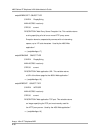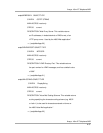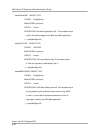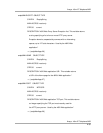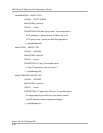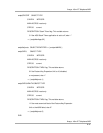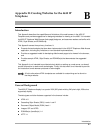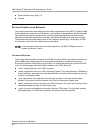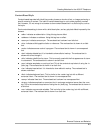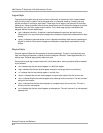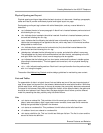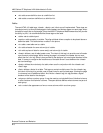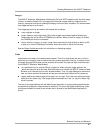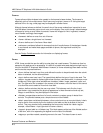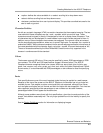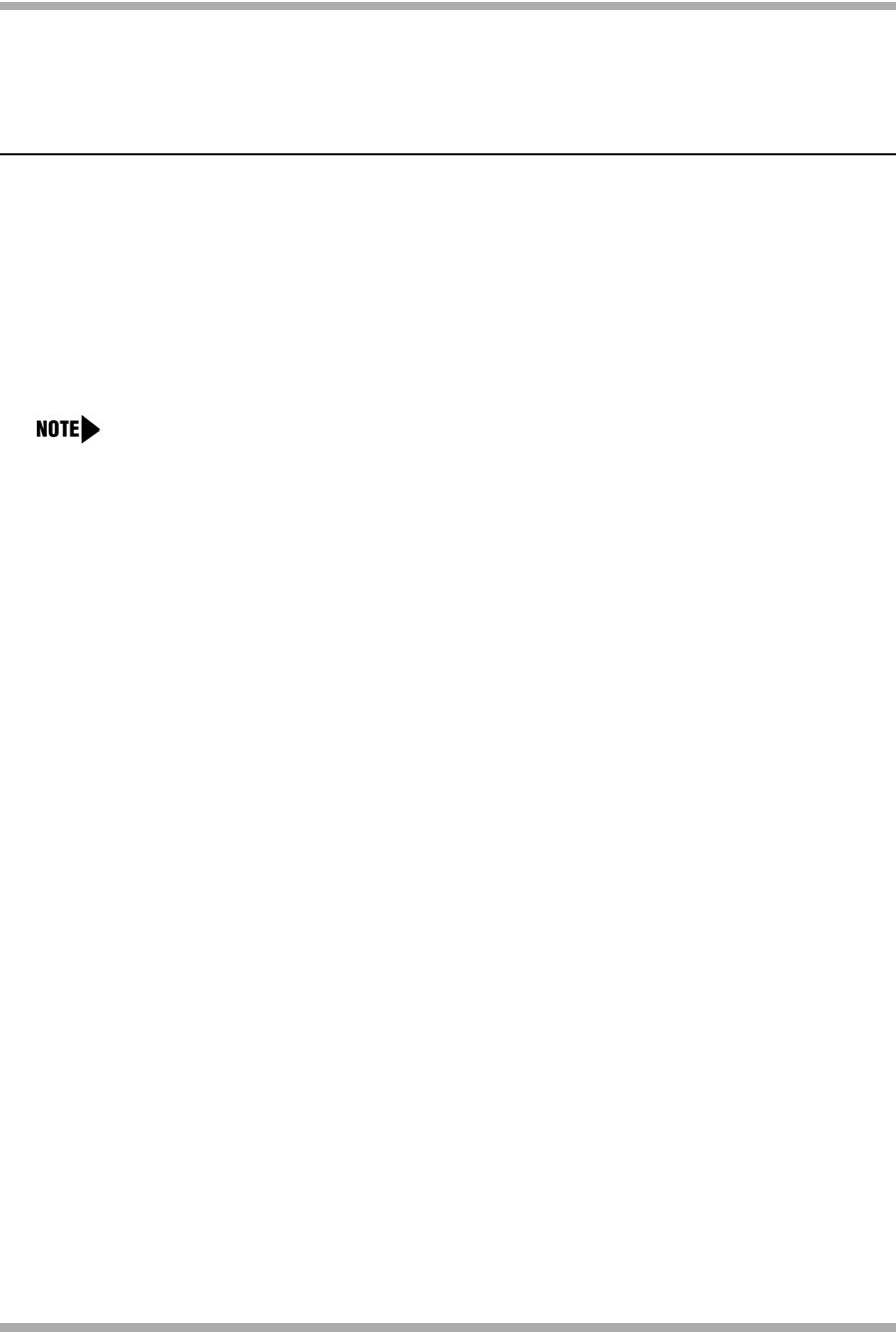
4600 Series IP Telephone LAN Administrator’s Guide
Browser Features and Behavior
B-2
■ Secure Sockets Layer (SSL) 3.0
■ Cookies
Browser Features and Behavior 5
This section presents the technologies that have been implemented in the 4630 IP Telephone Web
Access application, along with any limitations or non-standard implementations. Since style sheets
have become the preferred mechanism for controlling web page appearance and have made
obsolete most attribute specifications with tags, the majority of attributes for tags were not tried.
The attributes that were tested were those of real interest to specific tags. The browser is HTML
4.0 compliant, with a few minor differences as noted below.
Document Skeleton 5
Certain tags define the basic framework of an HTML document. While most browsers are normally
good at dealing with missing tags, when style sheets are applied it is essential that the tag
structures be followed. Even ignoring style sheets, it is considered good style to follow the HTML
rules. The following tags make up the basic skeleton of an HTML document:
■ <html> indicates the start of an HTML document.
■ <head> indicates the start of an HTML document’s header. Title, meta definitions, ECMAScript
function definition, document level style sheet definition, and external style sheet inclusion are
all done in the header section.
■ <title> sets the title of the document. Normally this is shown in the frame of the browser
window. On the phone, the title is shown in the Top Line Information Display Area.
■ <body> indicates the start of the body of an HTML document. The rest of the document will be
embedded between the start and end <body> tags.
■ <meta> is used to add additional information about an HTML page. This is typically used by
web walking tools, is of little use in browsers, and has no effect on the phone.
In the sub-sections that follow, comments specific to the 4630 IP Telephone and its
browser are shown in italics.



